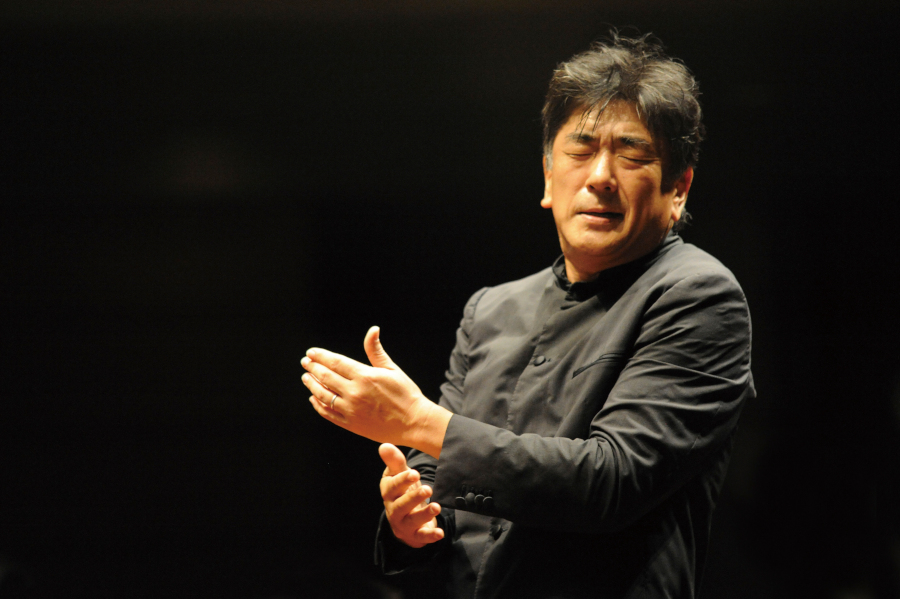Written in 1892 and performed a year later, the play Pelléas et Mélisande by the Belgian symbolist poet Maurice Maeterlinck has proven to be hugely inspiring for many composers. In the dozen or so years since its premiere, an opera by Claude Debussy, a symphonic poem by Arnold Schönberg, and incidental music by Jean Sibelius had been based on it. A somewhat forgotten but incredibly beautiful suite by Gabriel Fauré is on the sidelines. During the NFM Wrocław Philharmonic concert, the orchestra will be conducted by Yutaka Sado – an excellent Japanese conductor, a student of Seiji Ozawa, Charles Dutoit, and Leonard Bernstein, among others. In the past, he served as director of the Orchestre Lamoureux, and until autumn 2025, he conducts the Tonkünstler Orchestra in Vienna.
The first work in the concert programme is Triptych by Yasushi Akutagawa, for string orchestra. The composer – son of the famous writer Ryūnosuke Akutagawa – was also a conductor. His oeuvre includes orchestral pieces, ballets and the opera Orpheus in Hiroshima. His film music has enjoyed great popularity in his homeland. Triptych was created in 1953 and consists of the following movements: a violent Allegro, a lyrical Berceuse and a lively Presto full of surprising changes in metre. Although Fauré’s Pelléas et Mélisande suite is lesser-known than other works inspired by Maeterlinck’s drama, it was the first piece in the history of music inspired by it. In 1898, the composer wrote it in a version for a performance in London. Since he had little time for it, he used sketches of other pieces of his and asked his student Charles Koechlin for help with the orchestration. Shortly afterwards, Fauré composed a suite consisting of four movements and intended for a larger ensemble than the original version, and the latter was orchestrated by himself.
The second part of the concert will be filled by Pyotr Tchaikovsky’s Symphony No. 4 in F minor op. 36. The Russian composer completed this work in 1878. In a letter to his patron and confidante Nadezhda von Meck, the artist confided that the subject of the piece was “the force of fate which prevents us from achieving our goal in our pursuit of happiness, which jealously guards that prosperity and peace are not complete and untroubled, which hangs over our heads like the sword of Damocles and constantly poisons the soul”. However, Tchaikovsky’s music does not only present struggle. The second movement encourages us to give in to our dreams. Tchaikovsky wrote about the third movement that it is “[a] series of capricious arabesques and other fleeting images appearing in the imagination after a few glasses, when the wine goes slightly to the head. They have nothing to do with reality; they are incomprehensible, strange and without connection.” In the ecstatic finale, there is a final confrontation with fate. This movement is based on the Russian folk song A Birch Stood in the Field, which is familiar to film buffs. The same melody was used by Dario Marianelli, who composed the music for the film adaptation of Anna Karenina in 2012.

